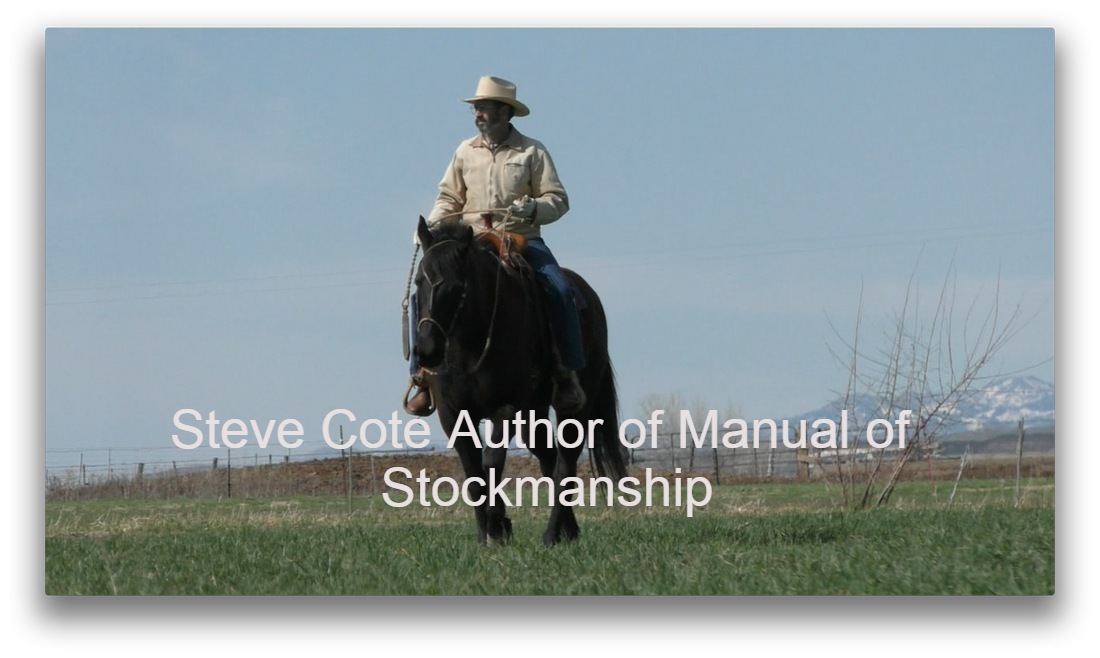Steve and Susan Cote, June 2017
Steve and his wife Susan live in Arco, Idaho. Steve has been a soil and range conservationist for USDA for 27 years where he taught stockmanship and range management. Most of what he learned about stock handling came from Bud and Eunice Williams and since Bud has passed away, he retired early to teach stockmanship full time. He has had the rare opportunity to work with range grazing associations, feedlot and dairy producers and small pasture livestock people all over the country with USDA and has worked uncountable numbers of animals in these settings. With 25 years of experience and teaching, he sticks to his experiences with what Bud and Eunice (now just Eunice) teach, because what they teach comes straight from the animals. Steve and Susan studied horsemanship intensively for 6 years under a master horseman in Arco, Idaho. Steve's combining of stockmanship with holistic management led to national award winning results in range management. Steve has written two books on the subject, “Stockmanship- A Powerful Tool for Grazing Lands Management” and "Manual of Stockmanship" and some pocket guides, which are one of a kind in the world. Susan and Steve are now selling the Manual of Stockmanship and guides plus a new video tape series that goes along with the Manual.
Steve and his wife Susan live in Arco, Idaho. Steve has been a soil and range conservationist for USDA for 27 years where he taught stockmanship and range management. Most of what he learned about stock handling came from Bud and Eunice Williams and since Bud has passed away, he retired early to teach stockmanship full time. He has had the rare opportunity to work with range grazing associations, feedlot and dairy producers and small pasture livestock people all over the country with USDA and has worked uncountable numbers of animals in these settings. With 25 years of experience and teaching, he sticks to his experiences with what Bud and Eunice (now just Eunice) teach, because what they teach comes straight from the animals. Steve and Susan studied horsemanship intensively for 6 years under a master horseman in Arco, Idaho. Steve's combining of stockmanship with holistic management led to national award winning results in range management. Steve has written two books on the subject, “Stockmanship- A Powerful Tool for Grazing Lands Management” and "Manual of Stockmanship" and some pocket guides, which are one of a kind in the world. Susan and Steve are now selling the Manual of Stockmanship and guides plus a new video tape series that goes along with the Manual.

